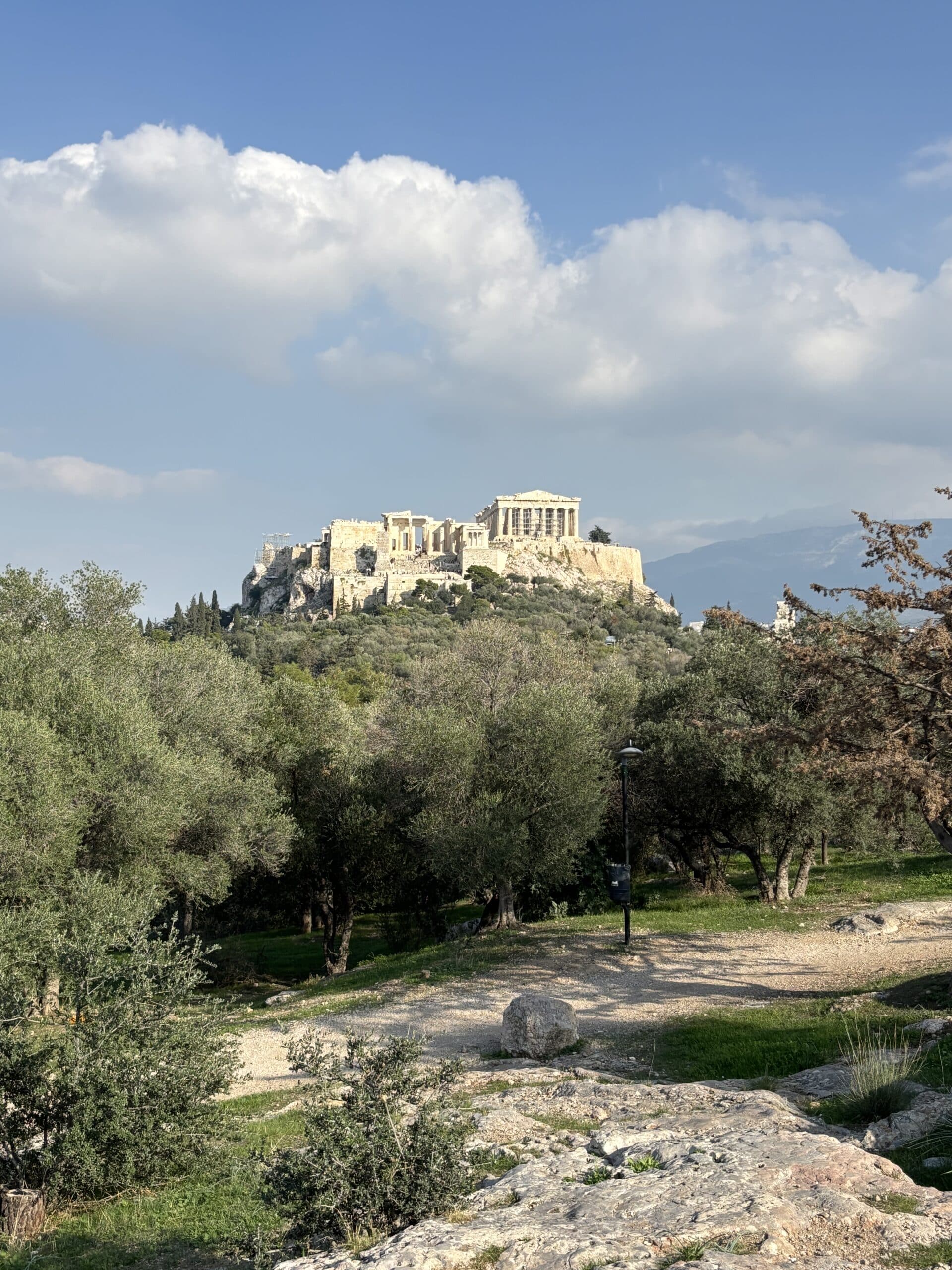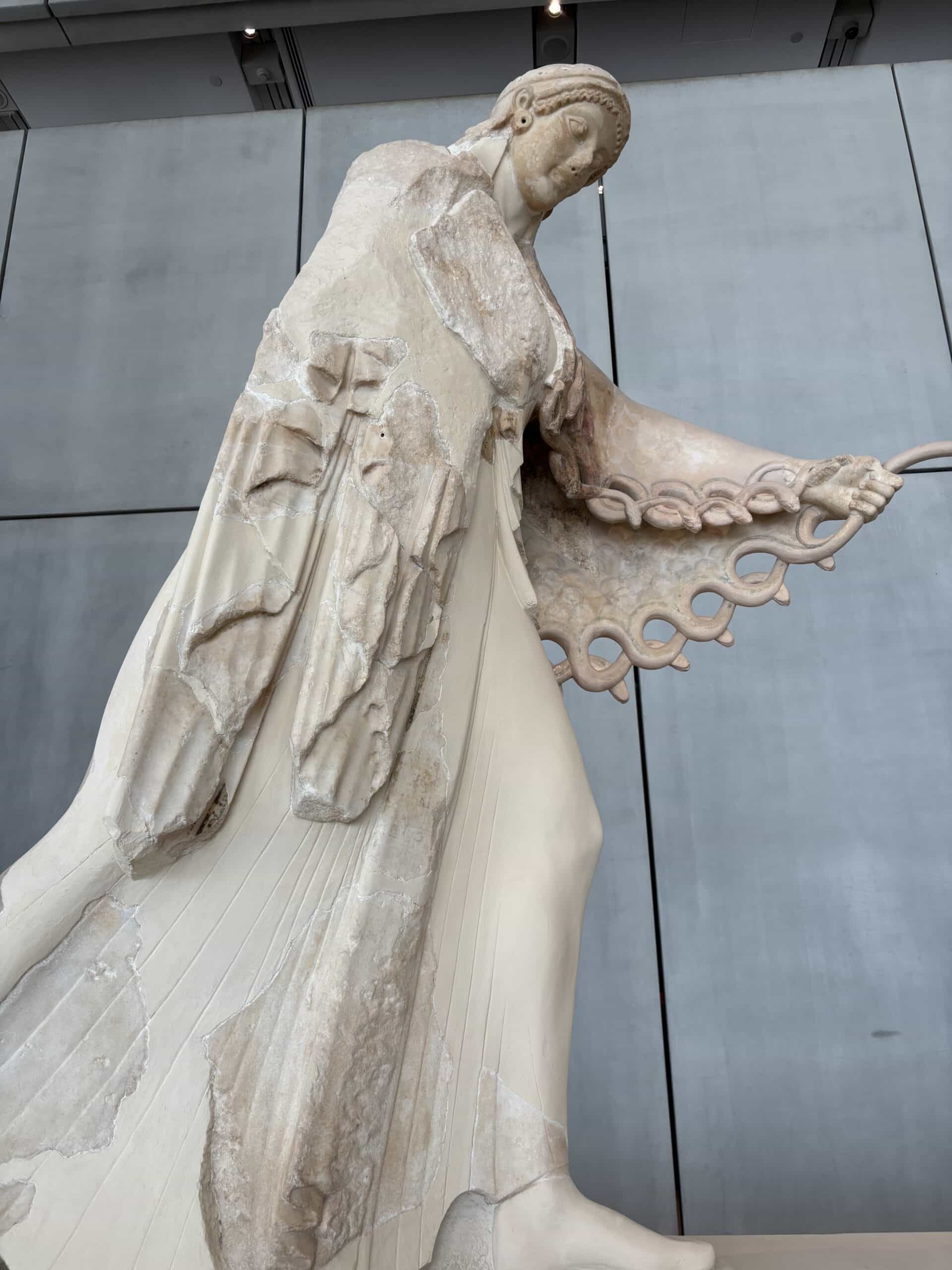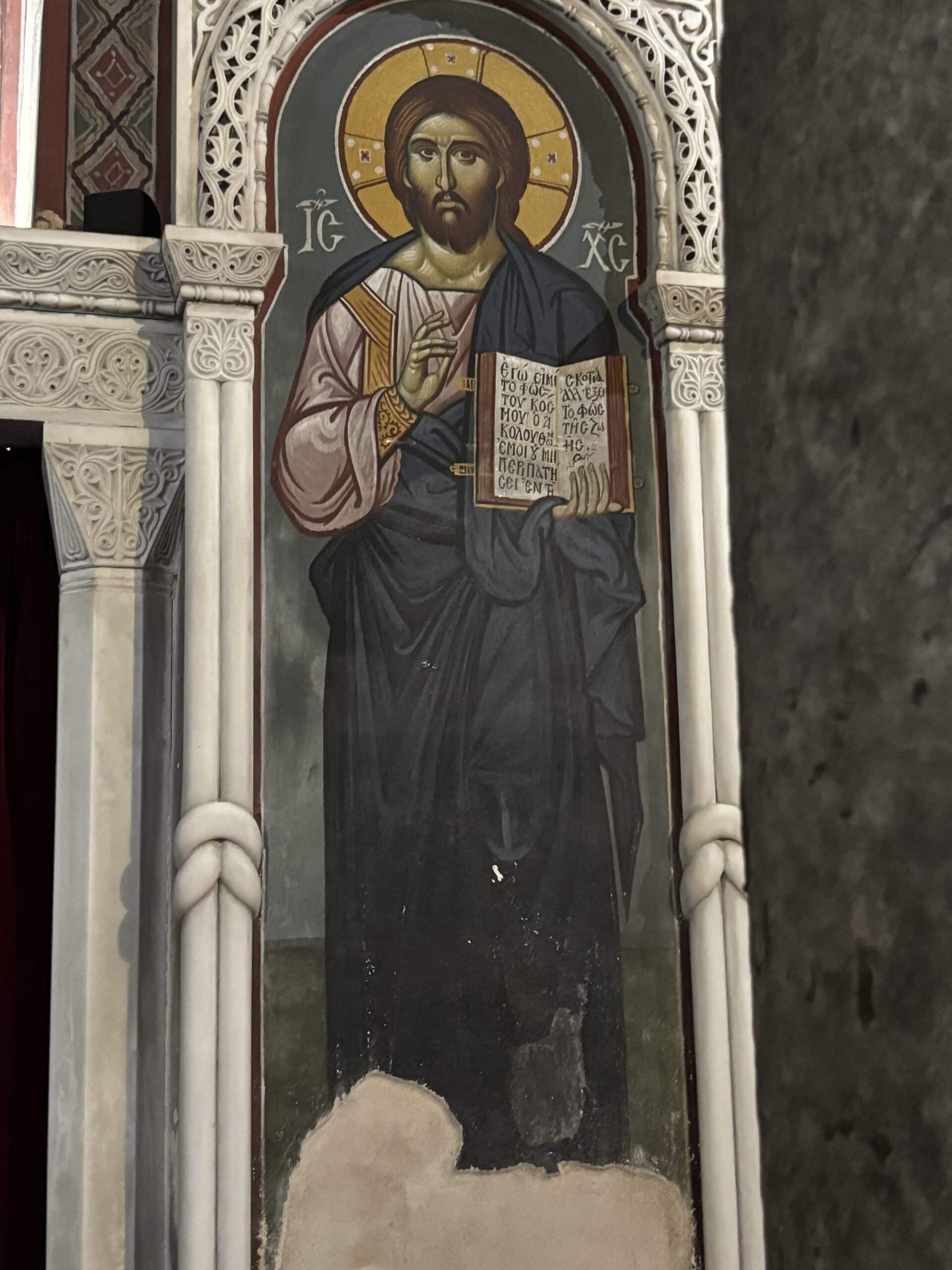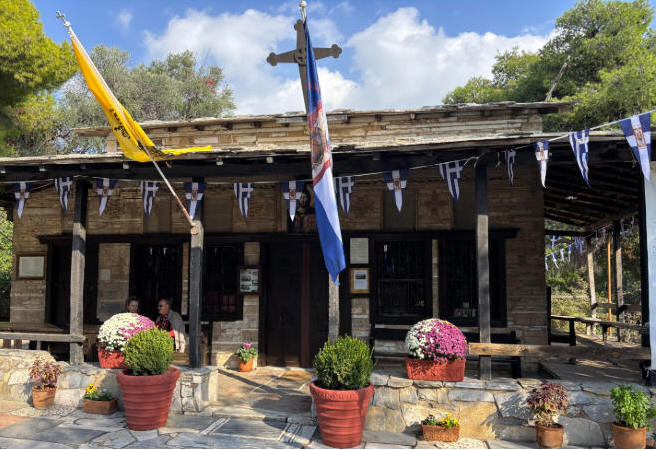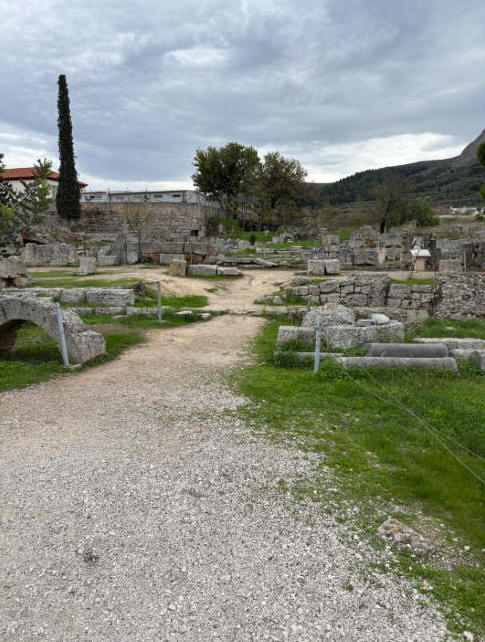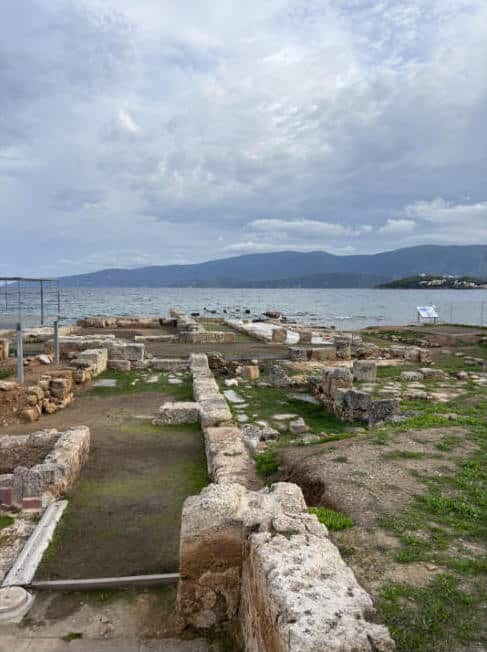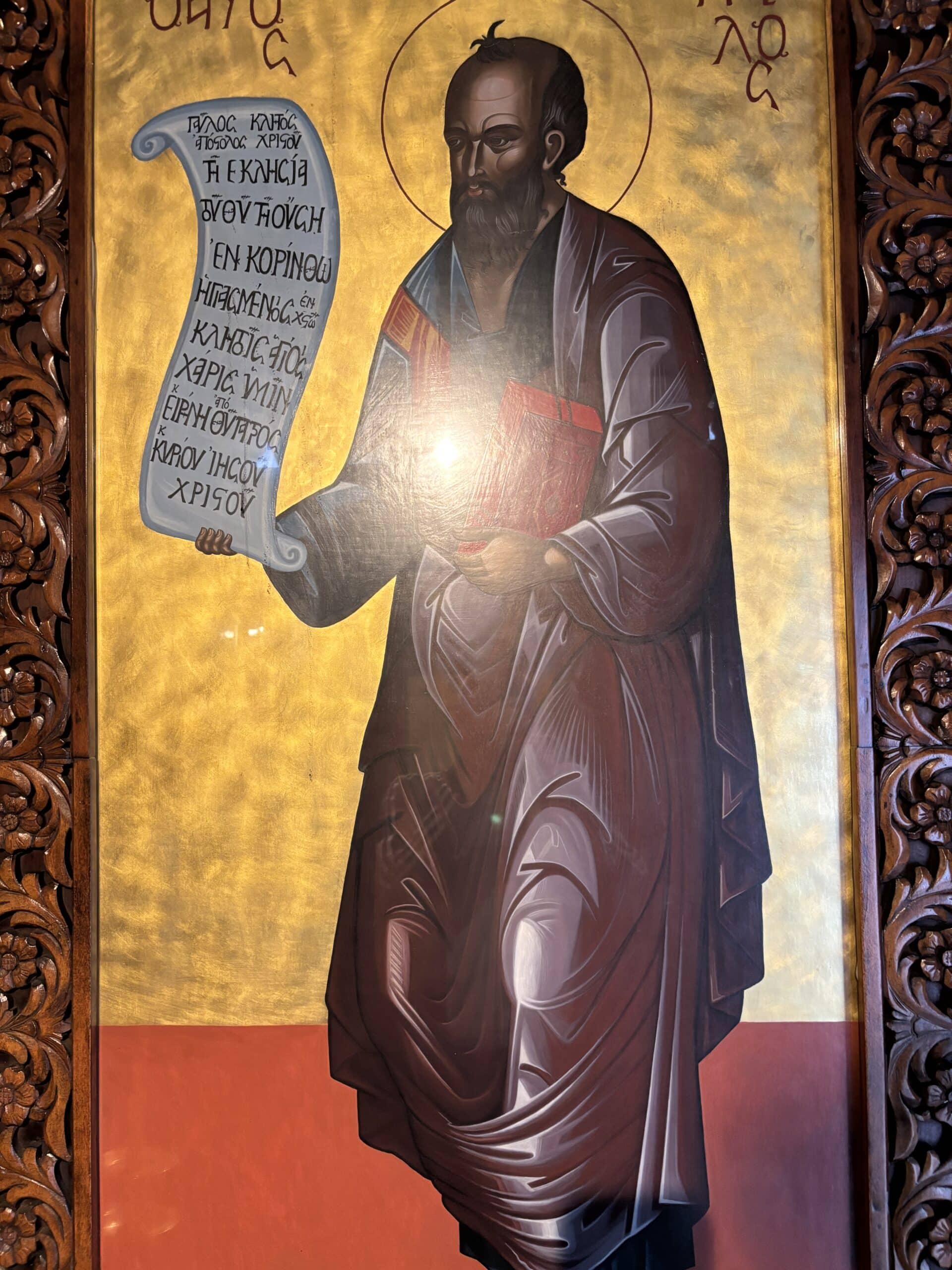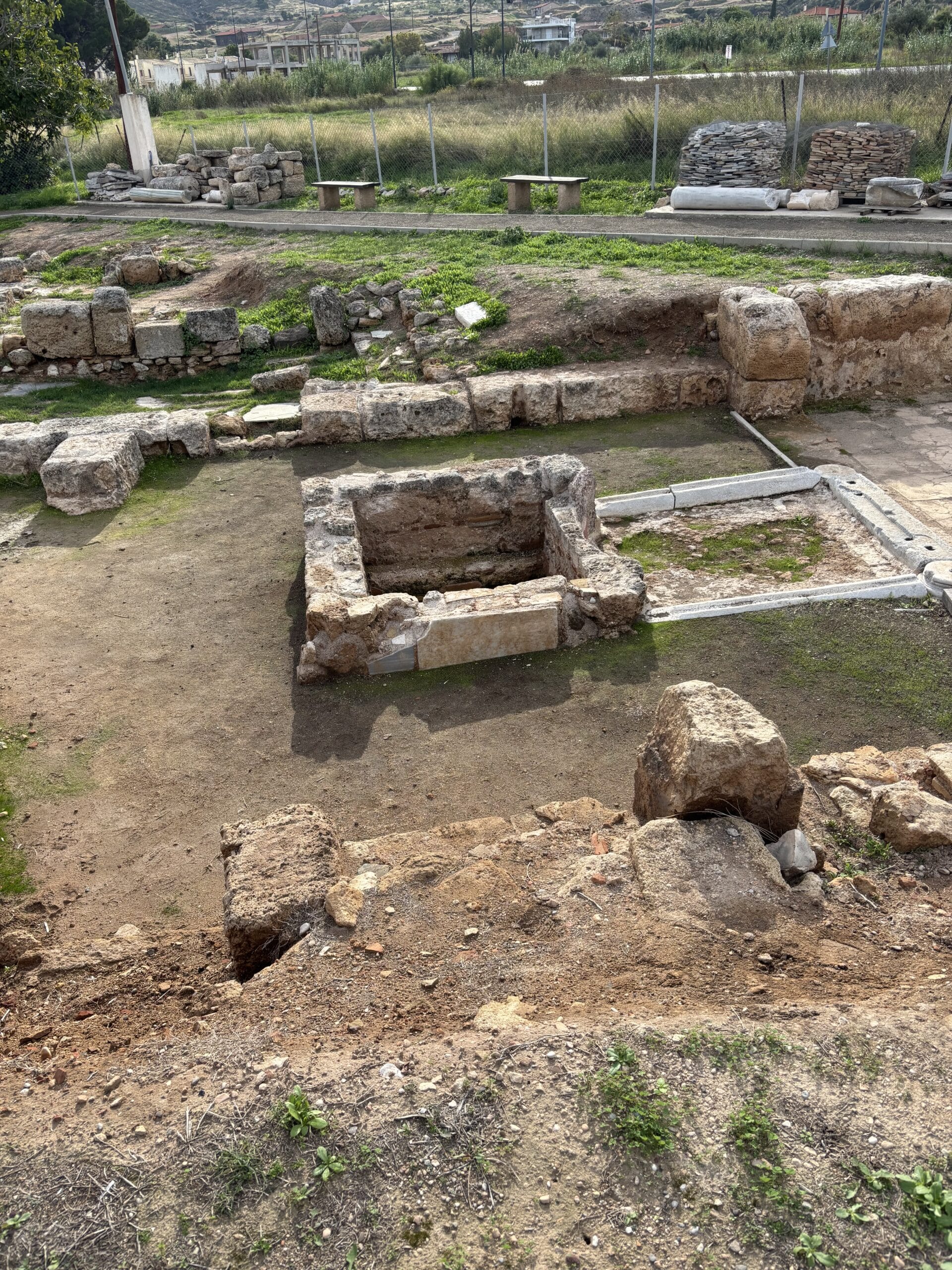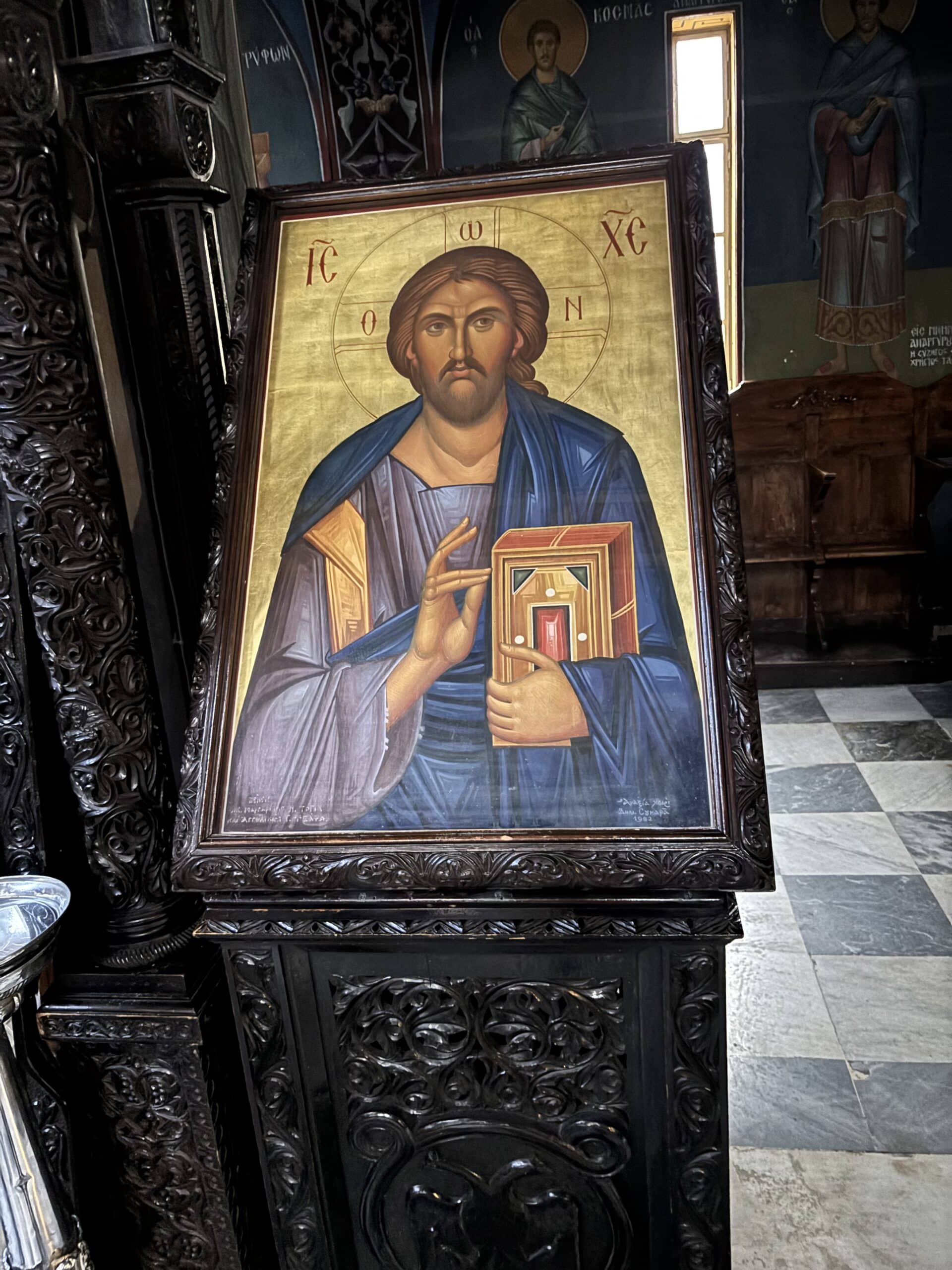
In the end, the Virgin Mary can not be stopped nor topped. As Mother of Jesus (and as recently declared by the Vatican, “mother of the faithful” and prayerful), she brings victory to those who invoke her.
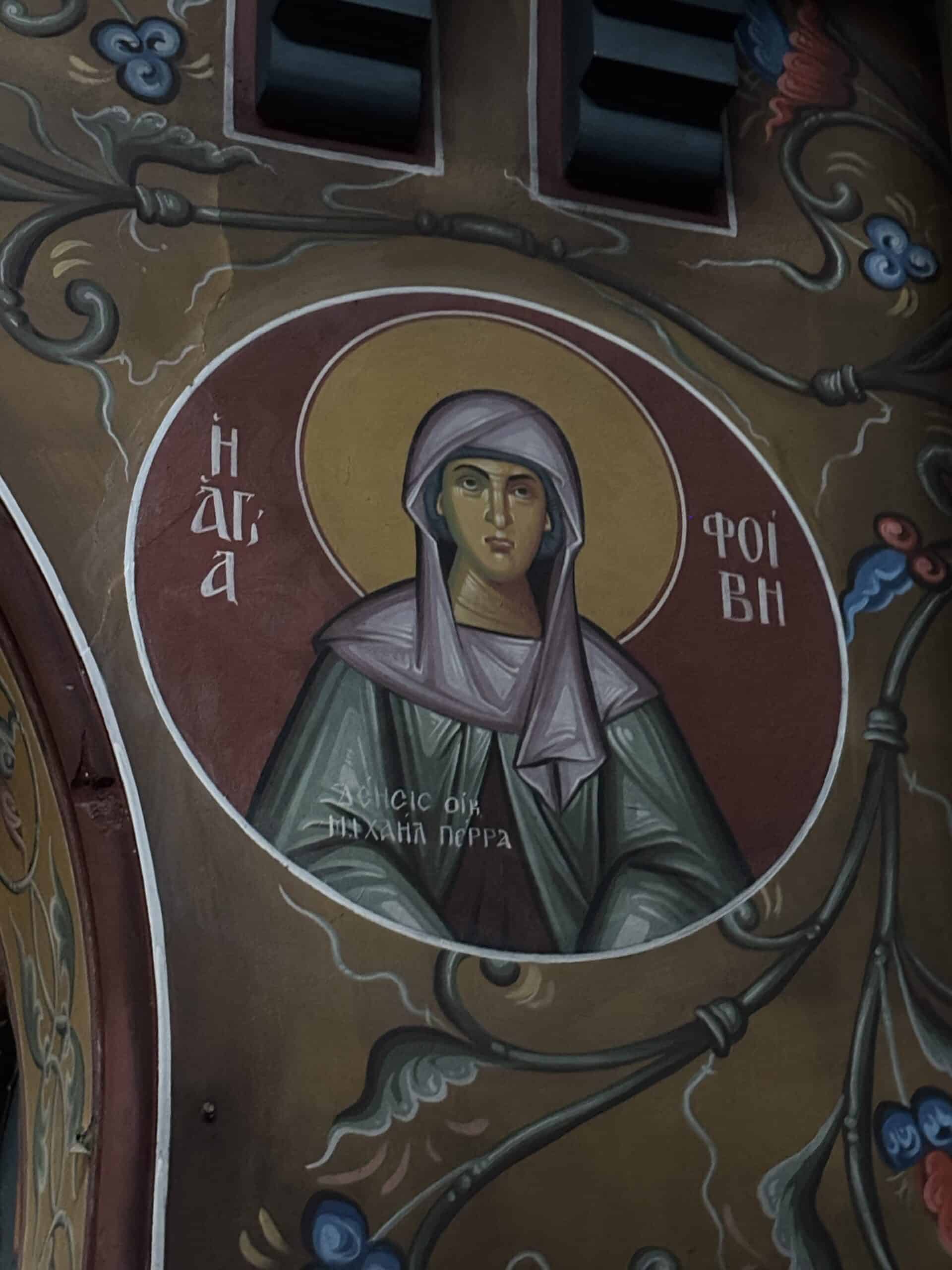
Dismal as it might seem, it should be realized that the tug-of-war between Islam and Christianity has been going on for centuries, with Catholicism miraculously rebounding against its assaults or from those that originate in paganism.
A visit to Greece spells that out.
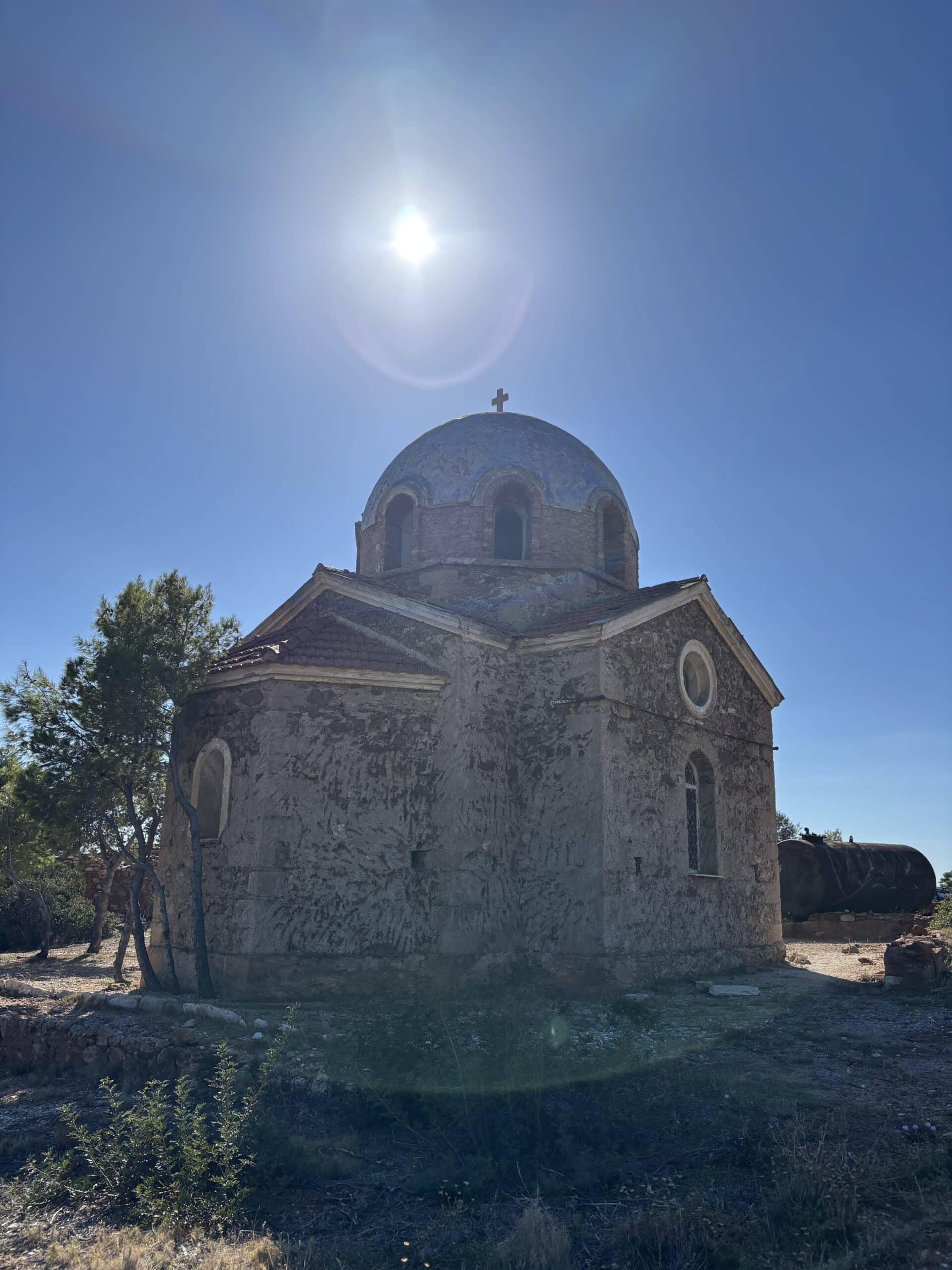
This is very visible in Athens, where an Orthodox cathedral as well as ornate chapels surround what is known as the Acropolis.
That’s the site of the Parthenon, which originally was dedicated to Athena Parthenos (“Athena the Virgin”) but later, once paganism was purged, came to be dedicated to Mary the Virgin. Over centuries, the building was converted into a Greek Orthodox church, a Roman Catholic church, and later a mosque.
One of the few structures largely intact housed a Catholic church that was instituted there after paganism was defeated—and made it through other military incursions due to an agreement even among combatants not to damage religious structures.
The Parthenon was converted into a Christian church dedicated to the Virgin Mary—known as the Church of the Theotokos (Panagia Atheniotissa, or “Our Lady of Athens”)—around the late sixth century A.D., most likely circa 590 A.D.
It remained a Christian church for nearly 900 years, until the Ottoman conquest of Athens in 1458, when it was converted into that mosque for a period.
So, roughly speaking, the Parthenon was dedicated to the Virgin Mary for about 860–900 years (ca. 590–1458 A.D.)—as long as it served as a temple to Athena (from ~438 B.C. to the late fifth century A.D.).
Intense shrines of Christian worship are located at places like Philopappos Hill overlooking the Parthenon (and the entire city).
Not far away, the temple of Zeus is in utter ruins, with only nine of 110 stone columns still extant.
Ditto outside the city near the Aegean Sea at the ruins of a temple once dedicated to the “god” Poseidon.
The same is true around Greece and other spots of pagan worship, most notably Rome itself, where nine hundred Catholic churches have replaced the spots of deities.
In Corinth, Greece, paganism was literally wiped away in the wake of Saint Paul, who preached there for eighteen months and whose Christian effect was greatly bolstered by the Roman Emperor Constantine.
Retracing his footsteps, one can virtually feel his faith and power.
Fascinating it is that Paul didn’t directly rail against the gods, insulting the pagans, but rather complimented them on their devotion and redirected it with the power of spiritual words (though Christians who followed did destroy, and understandably, pagan structures).
The spot where foreigners once landed became the spot of early Christian baptisms.
So we see the struggle between Christianity and paganism as well as Islam is a long-running one. A seemingly endless back-and-forth that can only end in Christian victory.
New York City now has a Muslim mayor (who hopefully looks kindly upon Catholicism), as does London. As they did several times centuries ago, Muslims are now rising over much of Western Europe (six percent, or 45.6 million) and to a lesser extent, the United States (1.5 percent, or 4.5 million), where a massive mosque is located in Dearborn, Michigan.
But there is that fire of hope, for no matter how daunting the rise against Christians may sometimes seem, the gates of hell shall never prevail against them.
–MHB in Athens and Corinth
+


